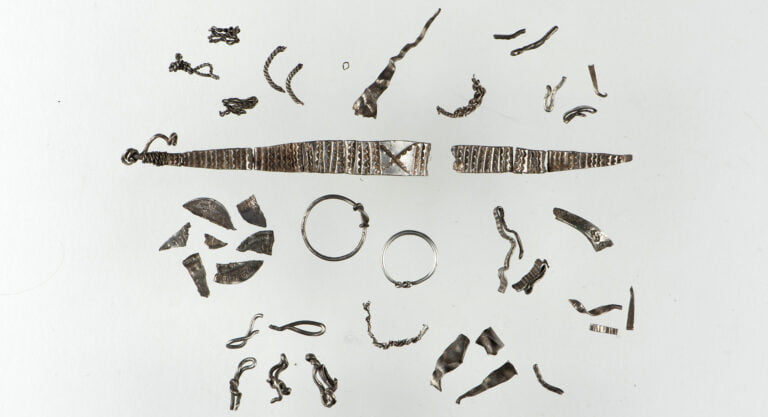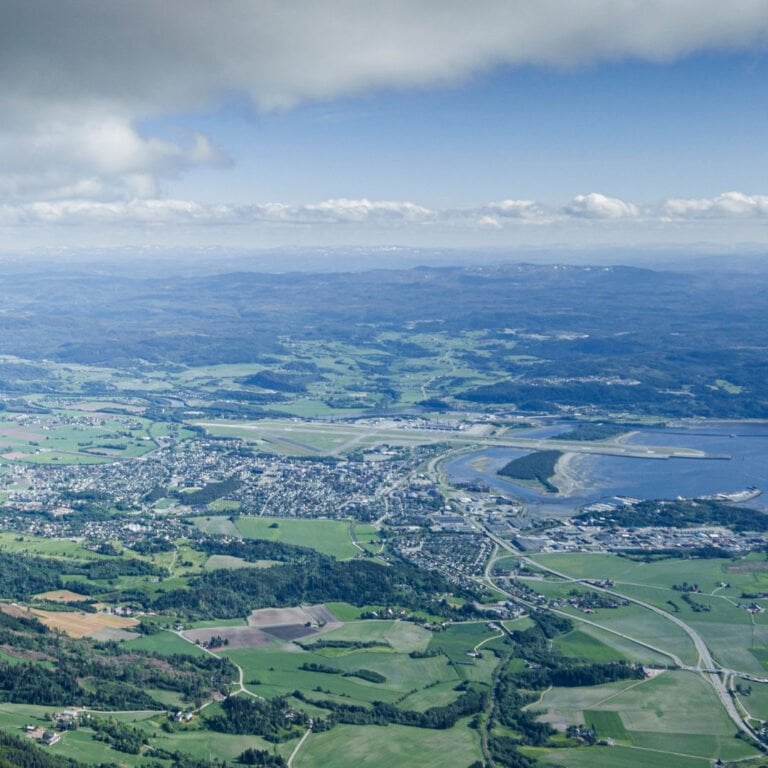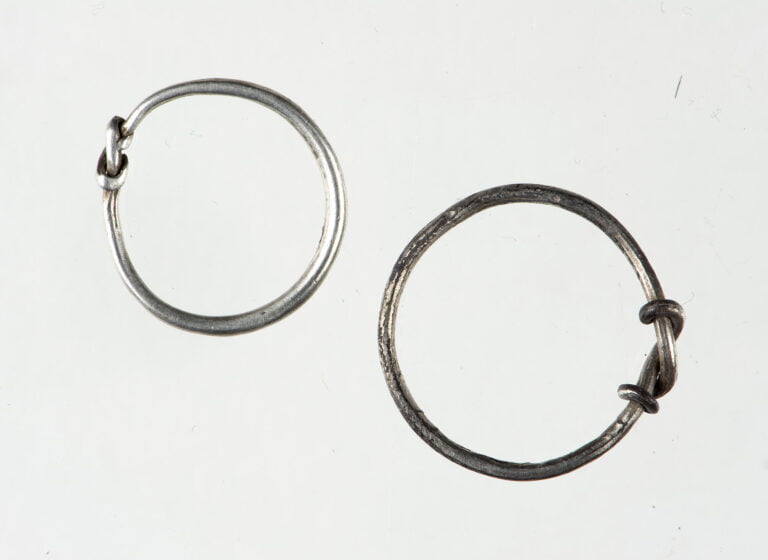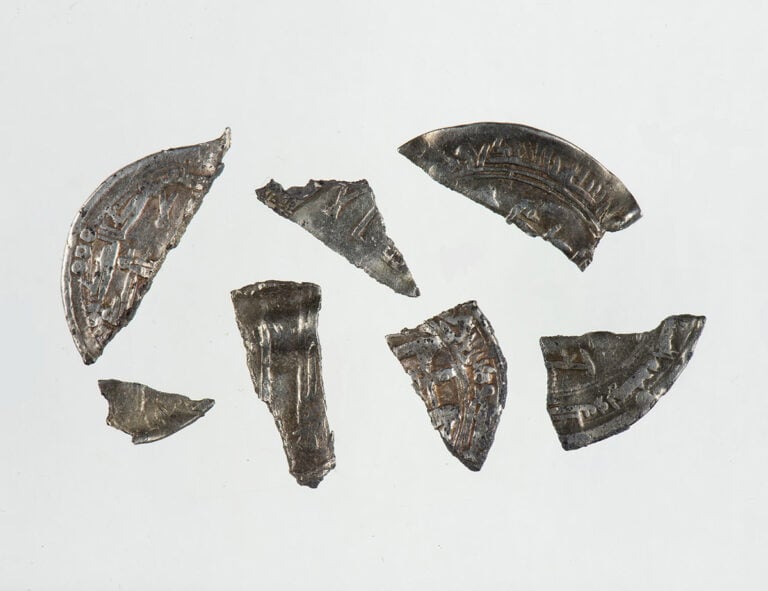A treasure trove of silver fragments from the Viking Age emerged from the soil in Stjørdal, near Trondheim. The find has caused a stir among archaeologists.
The unusual discovery of 46 silver objects believed to date from the Viking Age was found just a few centimetres below the ground. It consists of two finger rings together with fragments of coins and other jewellery.

Unlike some Viking discoveries that are made in connection with construction work, this find was made purely by chance.
Found with a metal detector
Pawel Bednarski made the discovery just before Christmas last year. He took advantage of a period of good weather to go out into a field with his metal detector. The find took place on a plain in Stjørdal, which is close to Trondheim Airport in central Norway.
“The first thing I found was a small ring, which at first glance did not look particularly interesting. Then another ring appeared. And then a piece of a bangle,” Bednarski told Gemini.no, which first reported the case.
Eventually, he had unearthed a whole pile of small silver objects between two and seven centimetres below the ground.

“The objects were covered in clay, so it was not so easy to see what they looked like. It was only when I got home and rinsed one of the bangle pieces in water that I realized that this was an exciting find,” he added.
Archaeologists confirmed the find
As is required, Bednarski submitted the find to county archaeologists. They confirmed that the find was of interest and likely from the Viking Age, but it was only when NTNU Science Museum became involved that the scale of the find became clear.
“This is a rather exceptional find,” said NTNU Science Museum researcher and archaeologist Birgit Maixner. “It has been many years since such a large treasure find from the Viking Age has been made in Norway.”
The Viking silver find in detail
So, what's in the find? There were 46 objects in silver. Apart from two finger rings, they were fragments of other things including coins, a necklace, bracelets and chains.

The fact that most of the pieces were broken into fragments can be explained by what we know about the economy of the Vikings, according to Maixner.
“This find is from a time when silver pieces that were weighed were used as a means of payment. This system is called the weight economy, and was in use in the transition between the barter economy and the coin economy,” she said.
While coins had been in use elsewhere in Europe much earlier, coins were only minted in Norway towards the end of the Viking Age. The finger rings discovered are often part of similar finds, but rarely found in Viking Age grave. According to Maixner, this suggests they were used for payment rather than jewellery.
Arab coins among the collection
Arabic coins were the biggest source of silver in the Viking Age and were among the find in Stjørdal. The fur trade was one of the main reasons they came to Scandinavia.

Only four out of seven coins from this find have been dated, but these date from the 8th century. That's older than most of the other Arab coins that have been discovered in Norway.
“The relatively old age of the Islamic coins, style of bracelets and the large degree of fragmentation of most of the objects is more typical of treasure finds from Denmark than from Norway. These features also make it likely to assume that the treasure is from around 900 AD,” explained Maixner.
A place of trade during the Viking Age
Findings of silver and Viking Age coins on the plain indicate that trading activities took place in this area. Previously, a Viking Age grave was discovered at the nearby farm Moksnes. Among other things, this contained a bowl scale used to weight silver.
Read more: Viking Village Discovered in Norwegian Mountains
Why this silver was buried remains a mystery. “Perhaps the owner of the silver treasure found the trading post unsafe and hid their valuables in the entrance area to the plain. Here it remained for about 1,100 years,” said Maixner.

